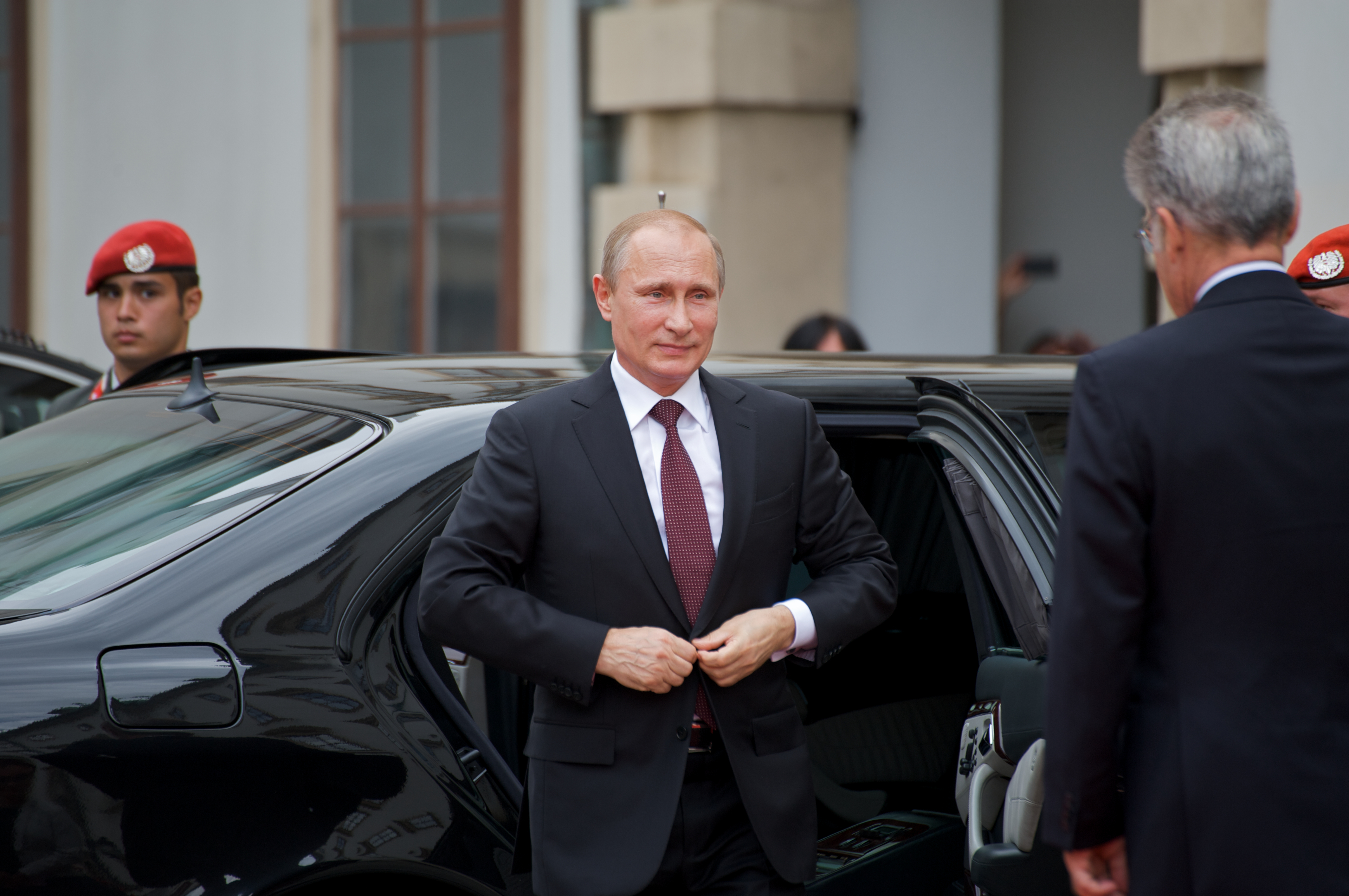A Nuclear Accident In Russia May Have Been a Nuclear-Powered Missile Test

Credit to Author: Matthew Gault| Date: Mon, 12 Aug 2019 18:15:39 +0000
Seven are dead in Russia after an explosion at a missile site in the Russian Arctic last Thursday that officials say involved a nuclear reactor.
The explosion happened offshore of the Nenoksa Missile Test Site, which sits on the White Sea, and local officials reported a spike in radiation after the event. Late Sunday night, Russian officials confirmed that the explosion involved a small nuclear reactor. On Monday, the New York Times reported that United States intelligence officials suspect that the explosion was the result of a failed test of Russia’s SSC-X-9 Skyfall, a nuclear-powered cruise missile still in development.
The Kremlin told state media at the time of the incident that the explosion was the result of a failed liquid propulsion engine test, and emphasized that radiation levels were normal. Rosatom—a state-owned nuclear energy company which lost five scientists in the blast—published a statement days later saying the explosion “took place during tests on a liquid propulsion system involving isotopes at a military facility in the Arkhangelsk region.”
The only Russian weapon currently in testing that uses a liquid propulsion system involving nuclear power would be the 9M730 Burevestnik, also known as the SSC-X-9 Skyfall. Russian President Vladimir Putin revealed this weapon to the world in a notorious March 2018 presentation that showed a computer visualization of nukes hitting Florida near the Mar-a-Lago. Skyfall has been billed as a nuclear-powered cruise missile that, according to Putin, flies with “unlimited range and unpredictable trajectory.”
Skyfall is designed to circumvent Western defense systems, which can intercept intercontinental ballistic missiles (ICBMs) before they hit their targets by calculating their trajectories.
It’s possible that another weapon or test caused the explosion, though Skyfall is currently suspected as a likely culprit.
“It’s not entirely clear what Russia tested but there is a suspicion that the test involved Russia’s globe circling nuclear powered cruise missile,” Kingston Reif, Director of Disarmament & Threat Reduction Policy at the Arms Control Association, said in an email. “And it went badly wrong.”
In March, unnamed US intelligence sources told CNBC that Russia had yet to make the Skyfall fly farther than 22 miles, and the system will likely take years to fully develop. It’s not the only new nuclear-powered weapon system Russia has developed.
“The system is one of several new strategic-range nuclear delivery systems that Russia is developing,” Reif said. “Most are having testing problems, behind schedule, and/or unlikely to be fielded in large numbers if ever.”
For example, Russia is also working on the nuclear-powered Avangard hypersonic glide vehicle and the RS-28 Sarmat ICBM. Like Skyfall, the Sarmat is designed to bypass US defense systems. Putin has said it’s too fast for our current US weapons systems to shoot down.
The United States tried similar projects throughout the Cold War, beginning with nuclear- powered jet engines and ending with a Supersonic Low Altitude Missile (SLAM) that would drop nuclear bombs before stuttering to a halt when it ran out of fuel. The Pentagon abandoned these plans when it realized it couldn’t stop the engine from spewing radioactive fallout in its flight path.
This incident tells us, first, that the era of arms control treaties is truly over. The US withdrew from the INF Treaty, which limited the range of missiles, on August 2. Second, the explosion hammers home that Russia is still years away from perfecting the weapons that it wants everyone to be frightened of.
New START, an arms reduction treaty President Obama signed with Russia, will expire in 2021 unless renewed. That treaty doesn’t cover new nuclear-powered weapons such as Skyfall, but it shouldn’t be abandoned.
“Some critics of New START argue that Russia’s development of these systems, which aren’t currently captured by the treaty, is a reason not to extend the agreement,” Reif said. “But it would be irresponsible to abandon the treaty limits on Russia’s enormous arsenal of existing deployed strategic weapons because Russia might deploy a small number of new systems 5-10 years from now.”
This article originally appeared on VICE US.